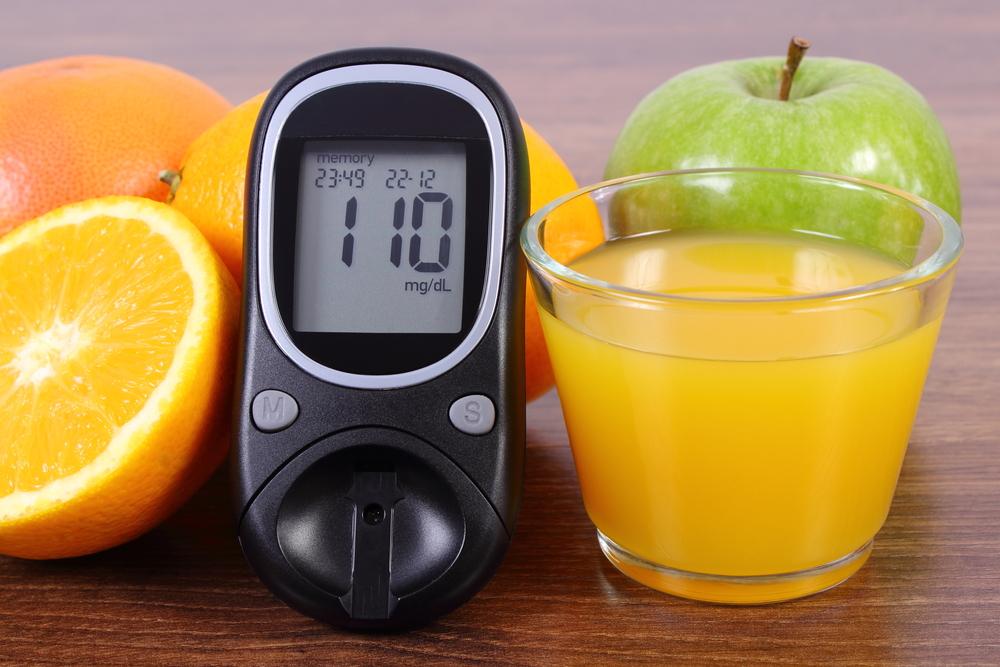Understanding Deep Vein Thrombosis: Causes, Risks, and Prevention
Deep vein thrombosis (DVT) involves blood clots in deep veins, mainly in the legs. Often silent, it can cause pain, swelling, and redness. Recognizing risk factors like immobility, pregnancy, and smoking is vital. Diagnostic methods include ultrasound and blood tests. Treatment with anticoagulants helps prevent complications such as pulmonary embolism. Preventative measures focus on movement, lifestyle changes, and regular medical check-ups. Early diagnosis and medical intervention enable individuals to manage DVT effectively and maintain a healthy lifestyle.

Understanding Deep Vein Thrombosis
Deep vein thrombosis (DVT) occurs when blood clots form in deep veins, mainly in the legs. It can be asymptomatic or present with symptoms like pain, swelling, redness, or warmth in one leg. Normally, blood chemicals prevent clots, but conditions like thrombophilia or certain situations can trigger clot formation. Risk factors include prolonged immobility, pregnancy, obesity, smoking, cancer, age over 60, and hormonal treatments. Recognizing early signs and risk factors is crucial to prevent complications like pulmonary embolism, where a clot blocks lungs' blood flow. Prevention involves regular movement, quitting smoking, weight management, and medical check-ups.
Diagnosis incorporates history, physical examinations, and imaging such as ultrasound, CT, MRI, or venography. Blood tests like D-dimer help detect clot presence. Treatment focuses on anticoagulants like heparin, warfarin, or direct oral anticoagulants to stabilize clots and prevent growth or dislodgment. Severe cases may require clot-dissolving medications or filters to prevent embolism. With proper management and lifestyle adjustments, individuals can lead normal lives despite DVT. Early detection and adherence to treatment are essential for a positive outcome.










